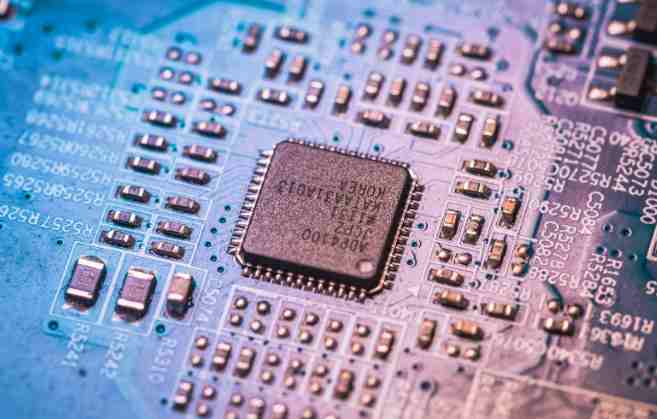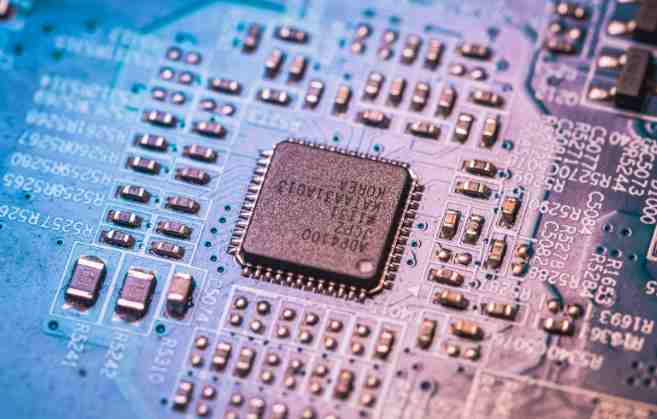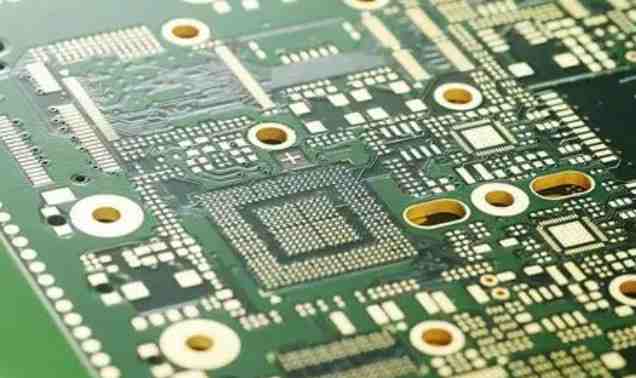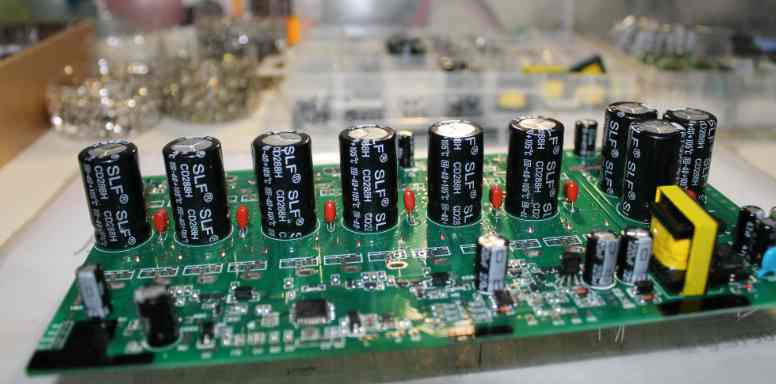
Now more and more companies have joined the ranks of wireless charging technology research, wireless charging technology is simply not relying on wire transmission, through the magnetic field to charge the device. Of course, the current development is not very limited. Below, let's take a look at the status quo and future development trends of wireless charging technology.
Convenient since needless to say, in addition, wireless charging is also safer, there is no exposed connector, leakage, electricity and other safety hazards are completely avoided. Some people worry about the problem of radiation, this technology was first used in water purifiers, so far has been eight years, the safety has been verified by 36 countries, certainly will not cause harm to the human body and the environment. According to reports, wireless charging is roughly the transmission of energy through a magnetic field, and humans and the vast majority of objects around humans are non-magnetic. Wireless charging is also an advantage of power saving, wireless charging equipment performance reception of about 70%, and wired charging equipment is equal, but it has a full automatic shutdown function, to avoid unnecessary energy consumption. And this performance reception rate is constantly improving, and will soon reach 98%.

Wireless charging equipment than ordinary charger "smart" a lot, for different electronic products, the power interface can automatically correspond, need to charge, transmitter and receiver chip will automatically start to work at the same time, fully charged, the two sides will automatically shut down. It can also automatically identify different devices and energy needs, and do "personalized work", which is intelligent.
Now, for the safety of consumers and their convenience, relevant researchers first provide near-magnetic field wireless charging technology (that is, need to be placed next to the transmitter), at the same time, they are also studying long-distance wireless charging, which will be an emerging market. In fact, the current technology can achieve effective power transmission in the range of 3 to 4 feet, but this needs to be verified by the relevant organization. I believe that in the next 5 to 10 years, or even sooner, long-distance wireless charging will enter everyone's life.
In the future, not only small power appliances, but also common household appliances, medical equipment, power tools, office appliances, kitchen appliances, etc., can realize wireless charging. In fact, to be accurate, it should be called "wireless power supply", that is, the use of electricity while transmitting, does not require any battery-like power storage devices, let alone the need to charge in advance.
prospect
Apply to all imaginable and unimaginable fields.
First of all, low power and low energy consumption of electronic communication products, office products, such as: mobile phones, PDAs and so on.
The second is the use of furniture products and low-energy appliances.
Secondly, the means of transportation, such as electric vehicles, EMU and so on.
Second, space stations, satellites, warships and aircraft carriers will be able to achieve a new generation of international military fields that are completely environmentally friendly by collecting and wirelessly transmitting energy from the ionosphere of clouds to where it is needed.
It is understood that wireless charging technology is achieved by two new devices, the first is the charger, which is connected with electricity, and then there will be a "tray" and the charger for transfer, as long as the phone and the "tray" distance within the specified range, then the phone will automatically wireless charging. However, it should be noted that because the transmission is not some simple data, but power, so wireless charging in the current distance requirements are relatively strict, mobile phones and "trays" can only achieve a close distance charging within 1 cm, but with the progress of technology, this distance may be extended. Although the power is not directly in contact with the mobile phone product, the electricity charged by the wireless way for the mobile phone is still the same as the ordinary charging method in the use effect, and the endurance will not be lost.
The difference between wireless charging technology and traditional chargers
Although wireless charging still requires a charger for wireless transmission of power, it seems more troublesome, but the traditional charger can only charge a mobile phone, and even the charger of each mobile phone is different, and the wireless charging standard can charge all phones that support Qi, and it can support multiple products charging together at the same time. This charging can be achieved by simply placing the phone on a table. In addition, after the wireless technology standard is mature, all public places will be equipped with this device, so whether it is at home, in the office, on the street or even on the train, users can carry out wireless charging, which is very convenient.
Recent progress
From the perspective of technological development, wireless charging technology is based on the development of RFID close-range magnetic field coupling technology, and mobile phones can even install charging coils and rectification chips without software changes. There are several types of installation methods:
One: an induction coil + chip, constituting an independent component. These components are as small as a coin and as large as 38x40mm. A coil is wound with copper wire.
Second: the mobile phone lithium battery peripheral frame is equipped with coils, known as wireless charging lithium batteries. The advantage of this kind of battery is easy to install, but the defect is also obvious, because the mobile phone battery is a metal part, which will block the electromagnetic wave of charging, making the charging efficiency low.
Third: The use of LDS(three-dimensional circuit) technology, laser antenna on the plastic shell of the mobile phone.
Fourth: The use of FPC(flexible circuit board) to manufacture antenna components, the disadvantage is expensive. The advantages are flexible, thin and easy to install.
The above types of ways, the most promising is LDS technology, the domestic launch of a series of micro aviation laser plastics, magnetic laser plastics, automatic large format high-speed laser machine, making the manufacturing process to be popular.







